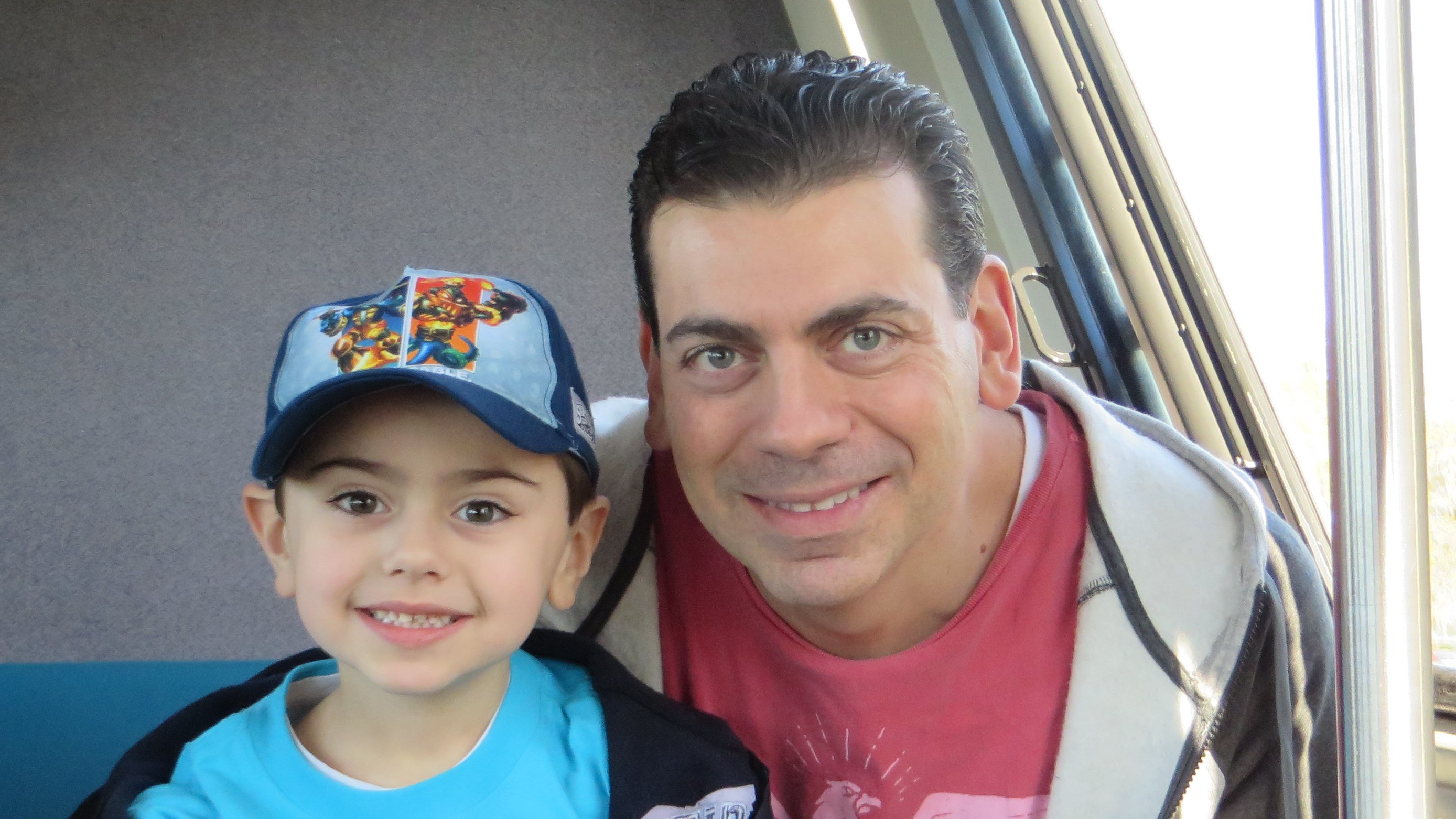Imagine you’re in a meeting with your team. You’re engaged in an invigorating discussion, but you don’t like the way the conversation is going, mostly because your team simply has different opinions than you. After much debate you suddenly hear these words from one of your team members:
“Just tell me what you want me to do.”
Boom! There it is.
The minute your team starts throwing around those words, you’re done.
Why?
They’ve thrown up the white flag and are the beginning signs that your team members are checking out. Which means their desire to think independently or critically will soon fade.
Such a scenario occurs when a manager demands that everything is done his or her own way. Team members believe they are unable to participate in a discussion or question how things are getting done, so they start to keep their mouths shut. Have you seen this behavior where you work?
A Lesson Learned First Hand
I have been exposed to these sorts of situations in the past. Slowly, I began to see communications break down when no opportunities for independent thinking and healthy debate existed. Team members started to dis-engage, going through the motions and working to just provide what was being asked of them. This negatively impacted their work and over time the team was less productive; thus impacting the organization as a whole.
If you want to make sure your employees add new and innovative ideas, it is imperative to avoid establishing this sort of closed wall environment. Yes, you need to learn not micromanage but taking away a person’s voice, their ability to be heard, is even worse.
Make Sure You Never Hear Those Words
Instead of creating an environment where compliance is demanded, work hard to make sure your team members understand your values and your decision-making process, let them provide input and genuinely take it into consideration. Always keep your proverbial door open and ask for input—even if there is a good chance you might reject it. Two minds are better than one, and three are better than two. Not only will involving your team in decision-making processes produce better decisions, but also provides them with a sense of ownership in your company and its success.
As a leader, you need your employees to follow you in order to get things done. But you don’t want them to follow you aimlessly without hesitation. If you surround yourself with sheep and yes people, you’ll achieve less than desirable results. Instead, look for active followers who think critically and independently, thereby bringing a lot to the table. These are the people who feel like owners and give great ideas to your organization.
Great managers understand that they can’t do everything on their own. They also understand the importance of keeping employees engaged. Once again, the easiest way to do that is to create an environment where everyone has a voice. But whatever you do, make sure to avoid patronizing your staff at all costs. That’s leads to a culture that prevents your organization from reaching its full potential.
Every Manager Is The CEO of Their Own Group
While you may not be the CEO of the organization, you are the CEO of your group. Your ability to control what happens above you might but limited, but you do have the ability to guide your team members and own the way things get done and ultimately the results from your department.
Lead by example and the passion you exude for your job will be reflected by your workers. They’ll take ownership of their jobs—which includes coming up with great ideas and questioning the way things are getting done – all positive signs!
So the next time you hear “just tell me what you want”, it might be time to reconsider your approach (or avoid 1980’s heavy metal 😉
____________________________
Also published on Medium and LinkedIn.
ABOUT THE AUTHOR:
Michael Iacona has 20+ years’ cross-industry experience within large multinational companies, works with start-ups and earned dual Masters degrees – an MBA from Columbia Business School and an MS in Information Systems from Pace University. Having built, led and managed small and large teams, Michael continual evolves his management style. He leads by example and fosters open communication and enjoys coaching team members, capitalizing on their unique talents.












